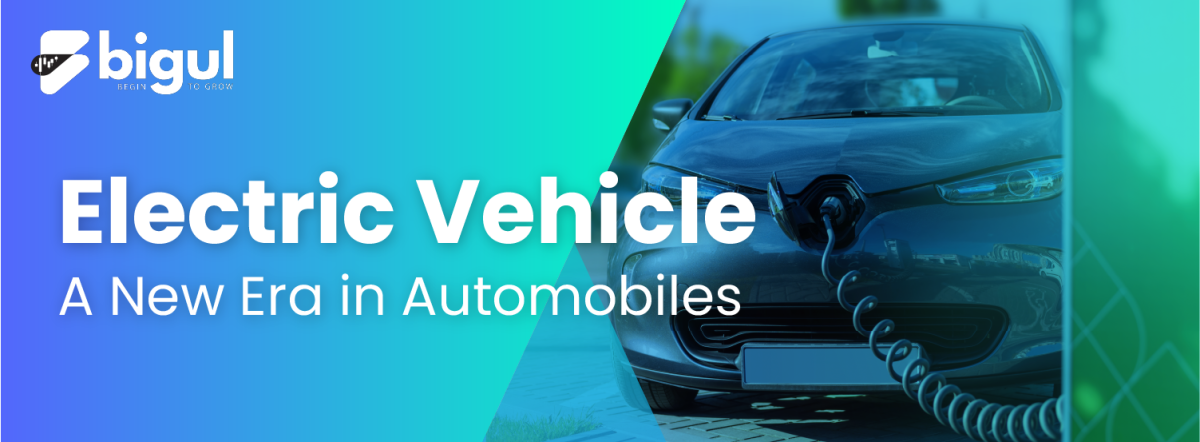HISTORY OF ELECTRIC VEHICLE
Electric vehicles appeared during the 1890s. It held the vehicular land speed record around 1900. An electric vehicle held the vehicular land speed record until around 1900. In the 20th century, the high cost, low top speed, and short-range of battery electric vehicles, compared to internal combustion energy vehicles, led to a worldwide decline in their use as private motor vehicles. It is used for loading and freight equipment, and for public transport. At the beginning of the 21st century, interest in electric and alternative fuel vehicles in private motor vehicles increased due to: growing concern over the problems associated with hydrocarbon fueled vehicles, including damage to the environment caused by their emissions the sustainability of the current hydrocarbon-based transportation infrastructure and improvements in electric vehicle technology. Since 2010, combined sales of all-electric cars and utility vans achieved 1 million units delivered globally in September 2016, 4.8 million electric cars in use at the end of 2019, and cumulative sales of light-duty plug in electric cars reached the 10 million unit milestone by the end of 2020. Rechargeable batteries that provided a applicable means of storing electricity on board, a vehicle did not come until 1859, with the invention of lead-acid battery by a French Physicist Gaston Plante and French Scientist Camille Alphonse Faure improved the design of the battery in 1881. Their improvements greatly increased the capacity of such batteries and lead directly to their manufacture on a industrial scale. France and the United Kingdom were the first nations to support the widespread development of electric vehicles. German engineer Andreas Flocken built the first real electric car in 1888. Electric trains were also used to transport coal out of mines, as their motors did not use up precious oxygen. Before the prominence of internal combustion engines electric automobiles also held many speed and distance records. The most notable of these records was the breaking of the 100 km/h speed barrier, by Camille Jenatzy on 29 April 1899 in his 'rocket-shaped' vehicle Jamais Contente which reached a top speed of 105.88 km/h. The first electric car in the United States was developed in 1890–91 by William Morrison of Des Moines , Iowa ; the vehicle was a six-passenger wagon capable of reaching a speed of 23 kilometres per hour. It was not until 1895 that consumers began to devote attention to electric vehicles after A.L. Ryker introduced the first electric tricycles to the U.S. In late 1890s and 1990s interest in motor vehicles increased greatly.
The progress that the electric vehicle industry has seen in recent years is not only extremely welcomed, but highly necessary in light of the increasing global greenhouse gas levels. As demonstrated within the economic, social, and environmental analysis sections of this webpage, the benefits of electric vehicles far surpass the costs. The biggest obstacle to the widespread adoption of electric-powered transportation is cost related, as gasoline and the vehicles that run on it are readily available, convenient, and less costly. As is demonstrated in our timeline, we hope that over the course of the next decade technological advancements and policy changes will help ease the transition from traditional fuel-powered vehicles. Additionally, the realization and success of this industry relies heavily on the global population, and it is our hope that through mass marketing and environmental education programs people will feel incentivized and empowered to drive an electric-powered vehicle.
Varsha Tiwari
Student.

Comments
Post a Comment